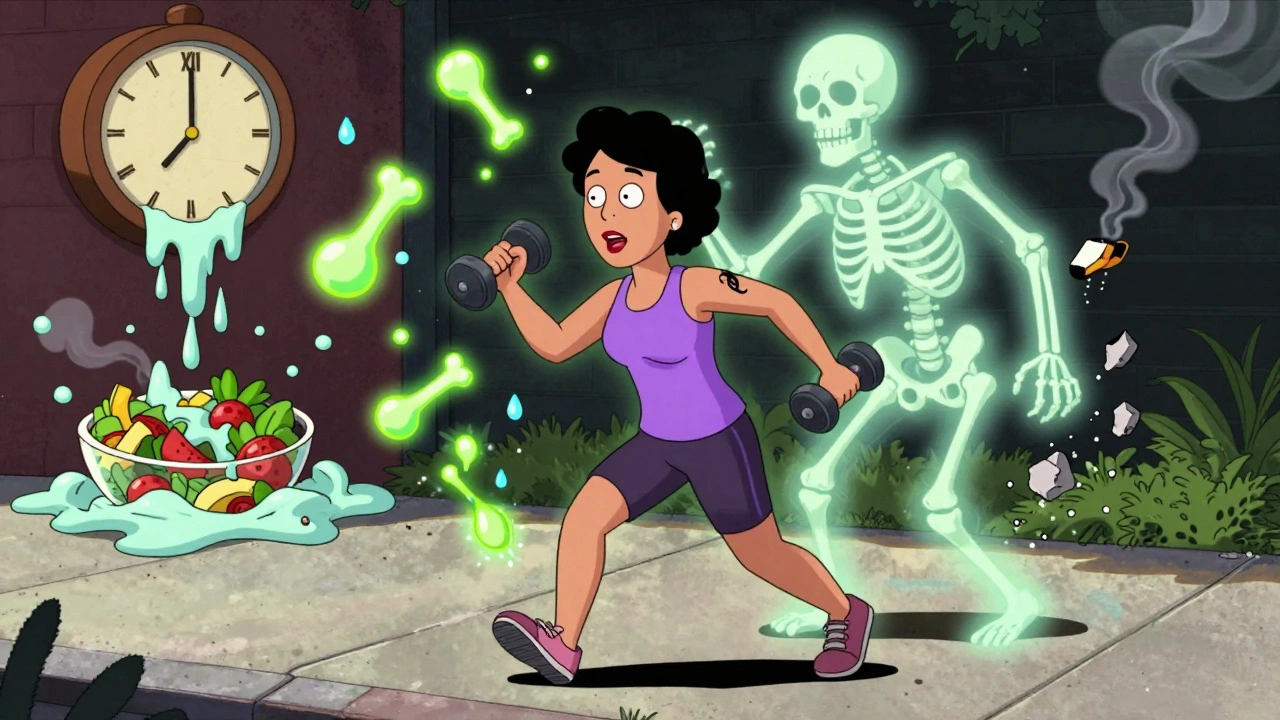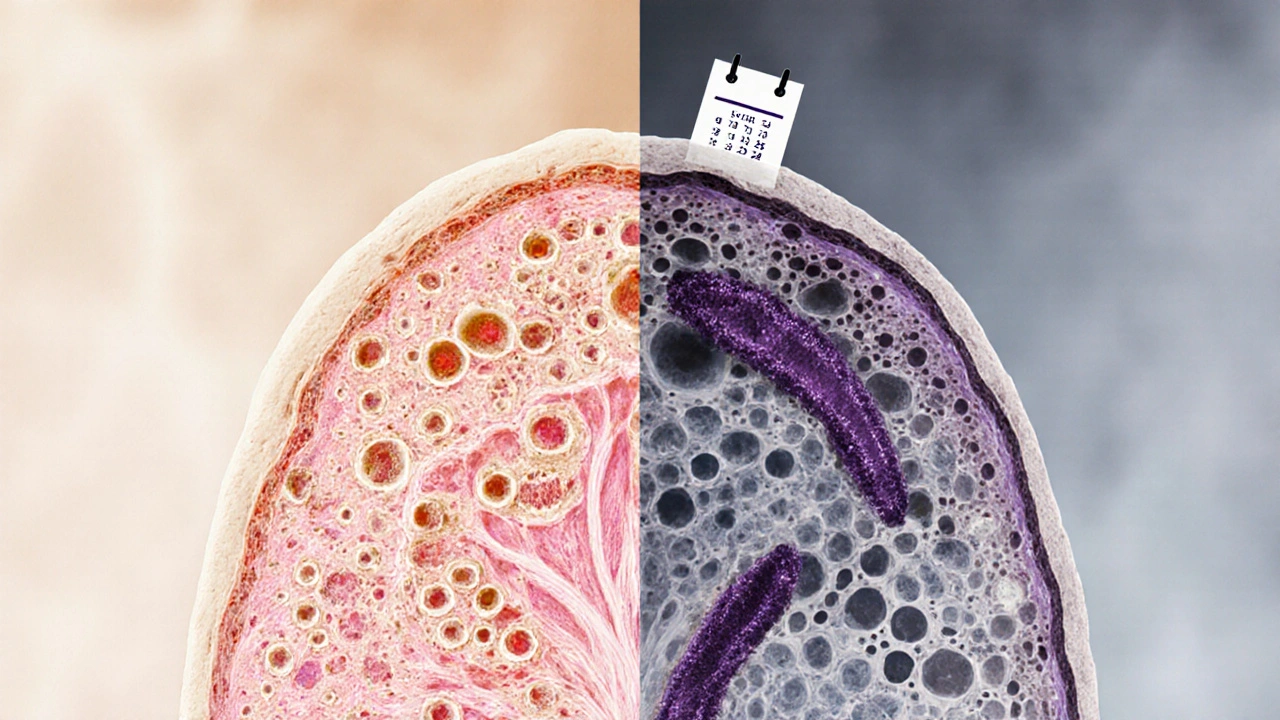Osteoporosis Prevention: Simple Ways to Protect Your Bones
When we talk about osteoporosis prevention, the practice of reducing bone loss and lowering fracture risk through lifestyle and medical choices. It's not just for older people—it starts decades before symptoms show up. Many think it's just about taking calcium pills, but real prevention is about how you live every day. Your bones are alive, constantly remodeling. If you don’t give them what they need, they weaken quietly—until a fall turns into a broken hip or spine.
calcium, a mineral essential for building and maintaining bone structure matters, but only if your body can use it. That’s where vitamin D, the hormone-like nutrient that helps your gut absorb calcium and directs it to your bones comes in. You can’t get enough from sunlight alone, especially in winter or if you’re over 60. Food sources like fortified milk, fatty fish, or supplements often fill the gap. And don’t forget weight-bearing exercise, any activity where your bones support your body weight, like walking, stair climbing, or lifting weights. It’s the most powerful signal your bones get to grow stronger. Sitting all day? That’s the opposite of prevention.
Some medications can quietly eat away at bone density—like long-term steroids or certain acid reflux drugs. If you’re on anything long-term, ask your doctor about bone scans. It’s not about fear. It’s about awareness. You don’t need to be perfect. Just consistent. A daily walk. A glass of milk. A vitamin D check. These aren’t big changes. But over time, they stack up. The posts below show real stories, science-backed tips, and overlooked risks that affect your bones. You’ll find what works, what doesn’t, and how to avoid common mistakes that leave people vulnerable. This isn’t about waiting for a diagnosis. It’s about protecting what you’ve got—before it’s too late.
Osteoporosis Risk: How to Stop Bone Density Loss and Prevent Fractures
Osteoporosis causes silent bone loss that leads to fractures. Learn the real risk factors, what actually strengthens bones, and how to prevent fractures-even after 50. No fluff, just proven steps.
Aging and Bone Health: Essential Tips for Stronger Bones
Learn why bones weaken as you age and get practical nutrition, exercise, and lifestyle tips to keep them strong and fracture‑free.

